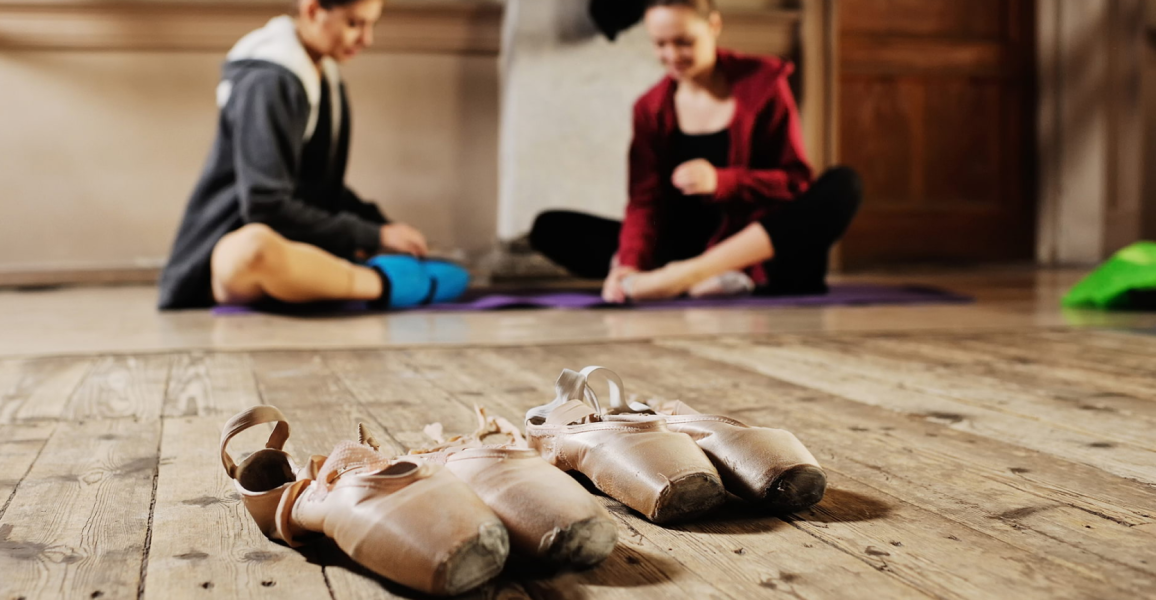Why did you decide to become chief technology officer at Harry’s?
I didn’t envision myself as a direct-to-consumer technology leader, but what closed the deal was an opportunity to use technology to help Harry’s accelerate the disruption of the CPG marketplace. The top two or three competitors in this space have been around for decades. Harry’s direct-to-consumer mindset shook up the whole razor market. The company launched products online first, learned what customers thought, and quickly iterated. As a result, they took a massive chunk of the market purely by offering products customers like, at a cost they love. And since then, Harry's has evolved to launch more brands and more products.
As a relatively new executive at Harry's, what are some things you're hoping to achieve in your first year?
Two main areas: technology and people. On the technology side, it’s about the internal platforms that all of our brands can use to quickly launch products.
We also have an incubator called Harry’s Lab that can launch brands and ecommerce storefronts at a very rapid pace. All of our new brands are already on it, our existing brands are migrating to it, and I’m still defining vision and the platform’s evolution over the next few years. And, of course, I want to get people excited about it.
Second, as you can imagine, it is becoming harder to hire engineers. There really is a talent war. It's a problem that's hard to solve, being able to attract top talent and retain them for a longer time. What’s great is that I have a story they can get behind at Harry’s, and I think being super clear about that story is key to building a great team.
What's been most surprising about technology and innovation at Harry's?
I’ve been surprised by how ingrained technology is in every department. I'll give you an example: Our marketing team has several proprietary tools they've built over the years, with help from the engineering organization, where our internal platforms are continuously optimizing marketing landing pages that millions of customers use.
This is home-grown stuff we've built to optimize the customer experience and increase traffic. And it's not just like, “‘Hey, let's create something and see what happens.”’ There’s a level of expertise I haven't seen in other companies. So, we’re not just a CPG company; there is technology in everything we touch.
The other part that really surprised me was the complexity of selling physical products at scale. With the number of partners you sell through, you need the “‘plumbing,”’ like the ERP system, in place for many of those retailers to operate efficiently. For me, it’s been a learning experience. A huge part of my role is ensuring our ERP scales well across hundreds of countries and thousands of retailers.
There’s a level of expertise I haven't seen in other companies. So, we’re not just a CPG company; there is technology in everything we touch.
Harry’s co-CEOs, Andy Katz-Mayfield and Jeff Raider, have said they want to build a family of CPG brands. How does your work help bring that vision to life?
Our entire platform vision revolves around that. It takes years for traditional CPG companies to launch a new brand. For us to launch a direct-to-consumer product, a fair amount of time goes into actually designing and making a physical product. But once the product is defined, we have to prove that people want to buy it.
That also involves figuring out if there's actually a customer need before we launch. Are people going to actually click on this? Is there truly a need for, let's say, a better body wash?
Our technology helps us quickly evaluate this white space, get feedback on ideas, launch something, start collecting data on what customers like or dislike, and then further iterate. Most of our products have been built that way, where we've launched DTC first, and gathered a ton of customer feedback. Then we launch version two, then we add retail. By the time the product is at retail, it’s flying off the shelves because we've done a ton of the upfront work.
As you can imagine, in traditional retail, even if you want to change something like the wording on the box, there’s a long lead time. But it takes a developer just seconds to change the wording on the website. That's why we want to get more feedback, sooner. Our technology platform enables that and then we're able to move quickly based on that data.
What are guiding principles for how you’re building the tech platform at Harry’s?
There are five main things that guide our platform vision. Number one is that our customers are at the core. Everything we do is with the customer in mind. A lot of companies say they want to innovate like Amazon or Google, and of course, yes, we want to innovate like them, too. But you can’t just innovate for the sake of innovation. It should happen because you're actually solving a real customer problem rather than reinventing the wheel. Putting the customer at the core has been key for us.
The second is using technology as a differentiator. We only try to invent where we truly think technology can provide a real impact. Everywhere else, we’re looking at the fastest way to build using plug-and-play solutions. This is especially important as we have five brands selling in a half-dozen or more countries. In the next five years, this will double.
Third, everything we build is brand agnostic, so that Harry’s brands can add their own flavor and bring our technology to life in a bespoke way.
Fourth is operational excellence for customers. Their experience really matters, whether it be minimizing the number of bugs, improving performance and uptime, or how fast we can add new features. Operational excellence is key, and drilling that into the way we do software development is equally important.
Everything we do is with the customer in mind...you can’t just innovate for the sake of innovation. It should happen because you're actually solving a real customer problem rather than reinventing the wheel. Putting the customer at the core has been key for us.
How is Harry’s technology evolving with shifting consumer preferences?
We’re an omnichannel business and we want to be where the customers are.
Direct-to-consumer first is part of our strategy, which is why we launch products online. We have a whole incubation team that does this all day long. They are looking at new consumer trends, insights, areas where there is white space, and then testing ideas and using technology to figure out if there is an appetite for a new solution. If there is a good business case to be made, we start building against it.
Harry's Labs team is our incubator where this work happens. They've scrapped ideas after six months of work, but they’ve also launched Cat Person, launched Headquarters, and acquired a company. All three things came out of Harry’s Labs.
Where do you think Harry’s and Stripe are uniquely aligned on customer focus and values?
Stripe is doing the “boring” but incredibly important work that frees us up to innovate on behalf of Harry’s customers. For us, that is key. It’s been great seeing how Stripe is moving beyond payment processing and building more and more functionality, like retries, better fraud detection, and more.
Now I see Stripe evolving to help Harry’s strengthen customer loyalty, improve conversion, and really globalize our business around the world, where there are so many different payment types.
For us, those are problems where we want to rely on Stripe’s expertise. We can’t staff up a whole team just to analyze churn and figure out customer loyalty techniques. Stripe is a turnkey solution that just works well. To us, Stripe is a consulting arm which is doing a lot of the work, building solutions, and we're just able to plug and play.
How can Stripe and Harry's continue to partner effectively on behalf of your customers?
The main area—and I thought this was amazing—was maybe a few months ago, where we saw Stripe’s product roadmap and the solutions you're building. Sometimes we don't know what areas we should be looking at because we mistake the forest for the trees.
Stripe has incredibly strong pattern recognition as it relates to areas where we can actually do more for our customers, in making sure they have a great online shopping experience. Seeing the types of problems Stripe is looking to solve inspires us to tackle areas we might be missing, and parts of the funnel we might not have thought about. Our partnership, in that way, definitely, definitely helps.
Stripe has incredibly strong pattern recognition as it relates to areas where we can actually do more for our customers, in making sure they have a great online shopping experience.

